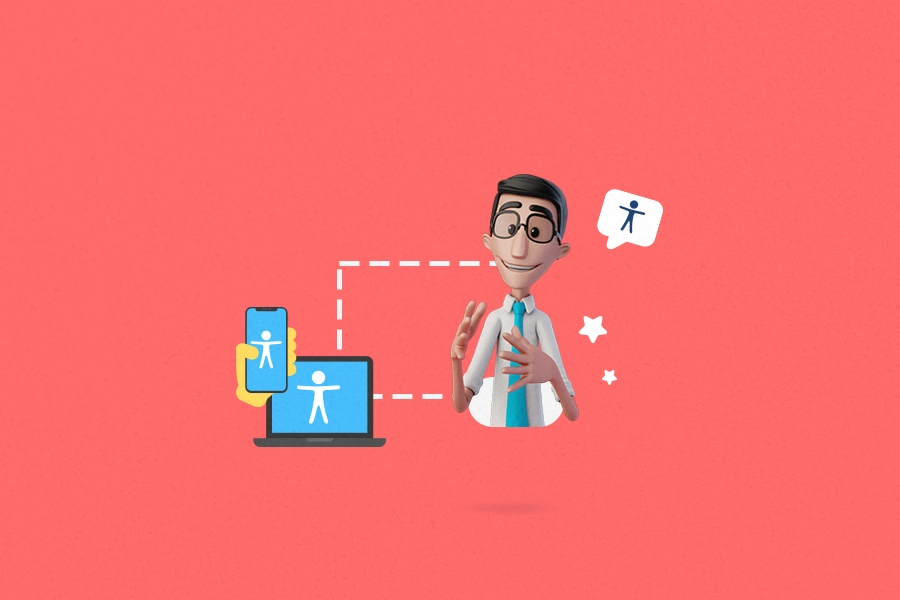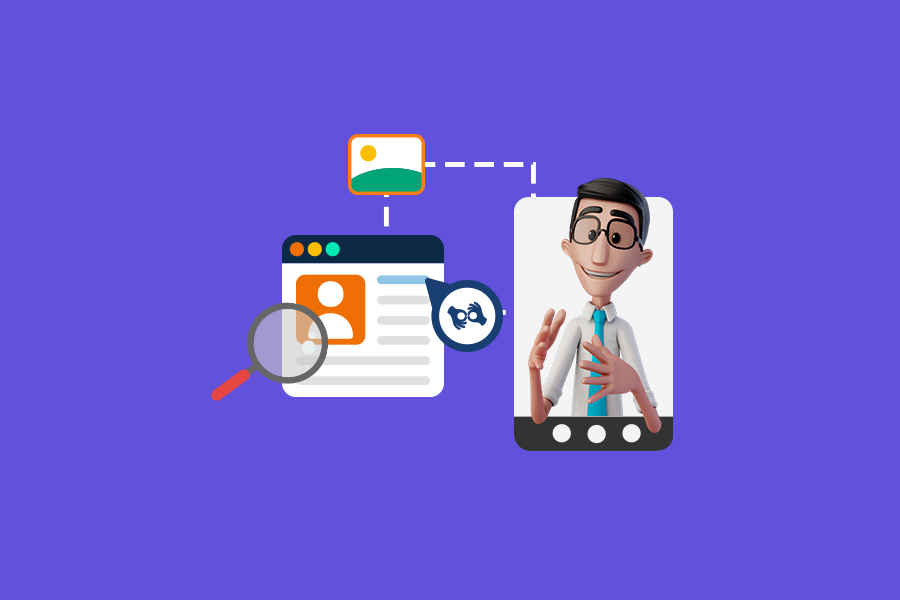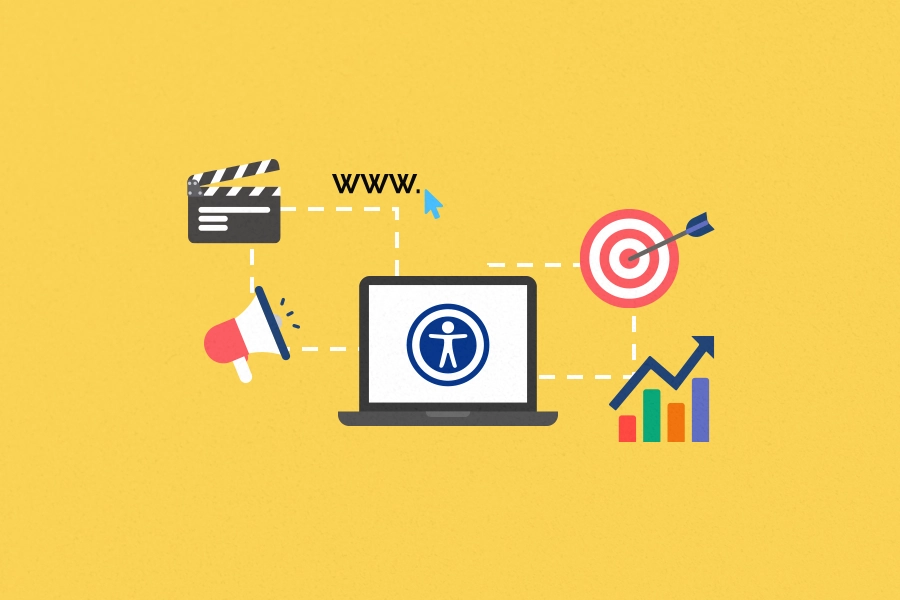
Business and Inclusion: Market Opportunities in Accessibility

What do you know about market opportunities in accessibility? Although deeply rooted in social responsibility, this initial role transcends to become a smart business strategy.
This means that companies with this understanding not only play a crucial role in promoting inclusion, but also stand out in their respective markets. We are not talking about a passing trend but a solid path to drive commercial success in an increasingly diverse environment.
Business opportunities in the accessibility market
Accessibility is no longer a secondary topic in the business world; it has become a key element in the growth strategies of companies across various sectors, representing a significant window of opportunities. To give you an idea of what we are talking about, here are some key points:
- It is an investment with the potential to expand the market by meeting the needs of a diverse audience, including people with disabilities, the elderly, and other groups;
- Compliance with laws and regulations protects companies against legal actions, fines, and reputation damage;
- Companies with this commitment gain customer loyalty, as they tend to support socially responsible brands;
- Accessibility sets companies apart in a competitive market, showcasing innovation and social responsibility;
- Addressing accessibility challenges stimulates innovation and can lead to improvements in products for all customers and service users;
- Accessible brands build a positive image and attract customers, talent, and business partners;
- Contributes to an inclusive and sustainable future, promoting the full participation of everyone in society.
About the audience of people with disabilities
The audience of people with disabilities is notable for its diversity and representation in society. According to the CDC (Centers for Disease Control and Prevention), it is estimated that nearly 1 in 4 adults in the United States have some type of disability, representing 27% of the population in this age group.
These numbers are more than just statistics; they represent a substantial market that is often underestimated. Ignoring this significant market segment means missing the opportunity to serve a considerable portion of the American population. Additionally, people with disabilities are not just consumers; they also influence the purchasing decisions of their families and communities, making their satisfaction crucial for a broader customer base.
Sectors with opportunities in digital accessibility
Let’s talk about some specific markets where opportunities in digital accessibility are significant:
Entertainment: content creators
Many content creators still do not prioritize accessibility in their videos, live streams, products, and communication in general. By doing so, besides putting aside their social and ethical responsibilities, they are also potentially excluding a very significant audience.
By making their content more accessible, it is possible to attract a wider audience, including people with disabilities or temporary needs. This can be achieved through high-quality captions, alternative descriptions, transcriptions, Sign Language interpreters, and more user-friendly interfaces.
Social rights: accessibility and inclusion laws
In America, laws such as the Americans with Disabilities Act establish the legal basis for accessibility and ensure equal conditions for people with disabilities to exercise their rights and freedoms.
In this context, it is important to notice that besides being regulatory measures, these laws also represent business opportunities through services that can:
- Help companies understand and comply with these regulations, avoiding legal issues and associated costs;
- Contribute to the creation of inclusive and equitable organizational cultures, promoting practices and policies beyond mere compliance with regulations;
- Focus on education and awareness, both within companies and in society at large, about the importance of accessibility and the rights of people with disabilities;
- Provide consulting and auditing services so that companies can identify non-compliance areas and take corrective measures before legal problems arise.
Education: e-learning and learning tools
Accessibility in education plays a crucial role in promoting equal opportunities.
E-learning has great potential for inclusion, provided there is a suitable structure with accessibility tools and assistive technologies for people to fully enjoy the content. This way, it is possible to provide customization options, such as video captions and image descriptions, making education more available to everyone.
Making the education system accessible also extends its reach, allowing more students, including those with disabilities, to access courses. This results in increased enrollment and, consequently, business revenue. Another benefit is the positive impact on the reputation and image of these companies as advocates for inclusion.
Online stores: selling to people with disabilities
Many e-commerce platforms face challenges when it comes to accessibility, limiting the ability of people with disabilities to make online purchases. Some of the main difficulties include:
- Many online stores do not provide adequate descriptions for images, impairing the shopping experience for people with visual disabilities. This includes detailed information about products and textual alternatives for images;
- Lack of captions in videos or audio content also poses a significant obstacle for deaf people and those with hearing disabilities;
- Navigation, in some cases, can be a problem for people with motor disabilities;
- Additionally, many of these channels are not designed to work well with assistive technologies, such as screen readers. This makes it difficult for people with disabilities to access information and complete transactions.
What does this mean for these companies? These are missed business opportunities, as people with disabilities also have their own income, are consumers, and generate an average of 576.6 billion dollars in personal income.
Technology: development of accessible tools
Companies in this sector have a valuable opportunity by investing in the development of solutions and tools, such as creating apps and websites designed from the start with inclusion in mind. Besides, this approach often leads to technological innovations that benefit society as a whole.
Advanced assistive technologies, such as alternative communication systems and voice-controlled devices, can be enhanced to more effectively meet the needs of people with disabilities, expanding the reach of products and services and providing a high-quality experience for all users.
Health and well-being
In this context, the inclusion of people with disabilities is a fundamental consideration. However, accessibility in the health sector is still a challenge, as providing accessible medical services involves adapting facilities to ensure proper physical structure, providing Sign Language interpretation for effective communication, training healthcare teams on specific considerations related to different types of disabilities, etc.
Furthermore, offering personalized well-being and social inclusion programs to meet the needs of this audience creates a positive impact, directly influencing their quality of life. From a business perspective, it is a strategic opportunity to meet a growing demand.
How to promote accessibility in companies?
- Awareness and education: create a culture of inclusion through training and awareness for employees;
- Accessible technology: ensure compatibility with assistive technologies and that product development is accessible from the start;
- Continuous feedback: be attentive to the needs and perceptions of employees and customers with disabilities and make constant improvements.
These are just a few points that can be discussed. Deepen your knowledge of the challenges and opportunities of digital accessibility in companies.
Conclusion
As awareness of the importance of inclusion continues to grow, companies that adopt accessibility practices are better prepared to meet regulations, stand out in competitive markets, and contribute to building a more inclusive and equal society.
Therefore, it is something that should be incorporated into all areas of a company, from product development to organizational culture, to reap the benefits in terms of both social responsibility and business success.


